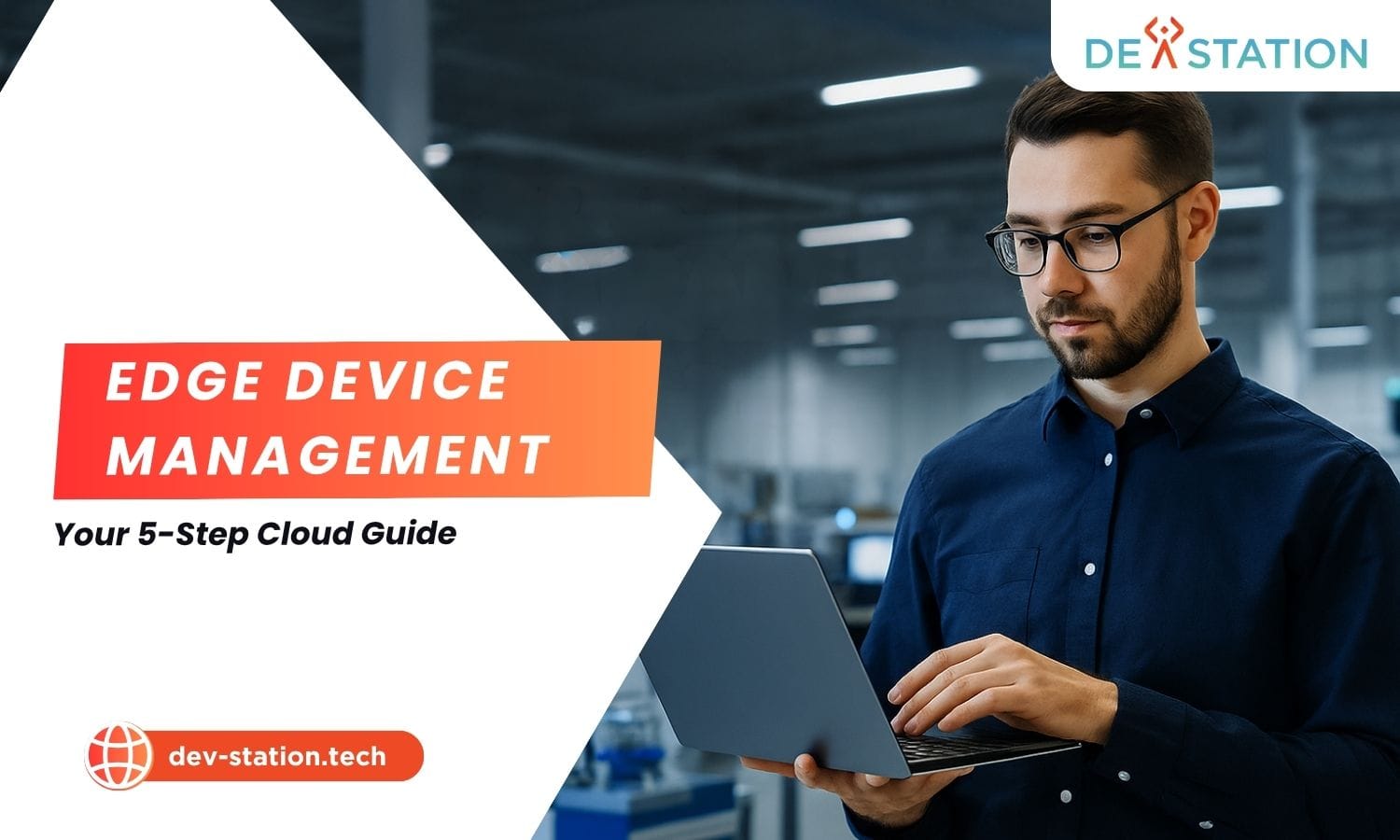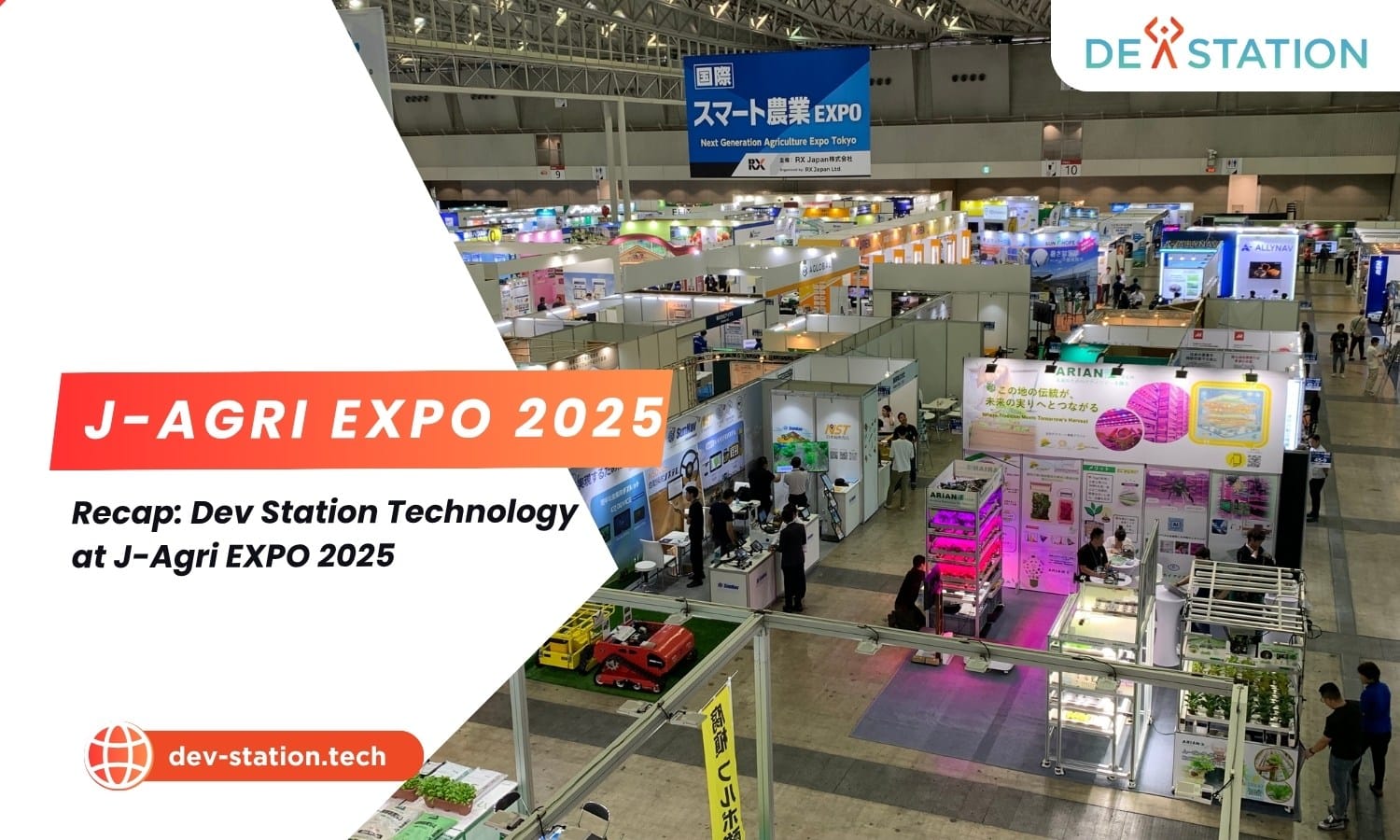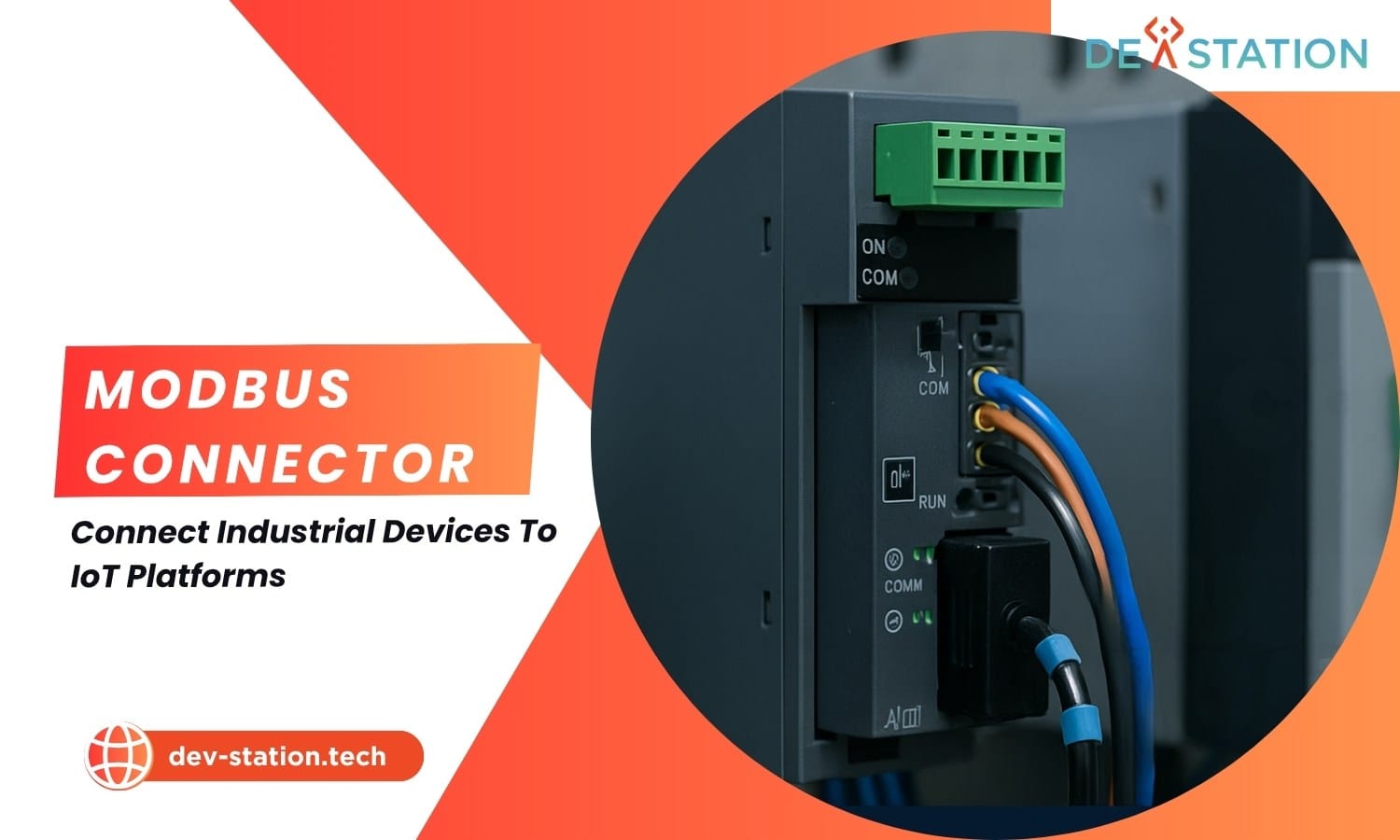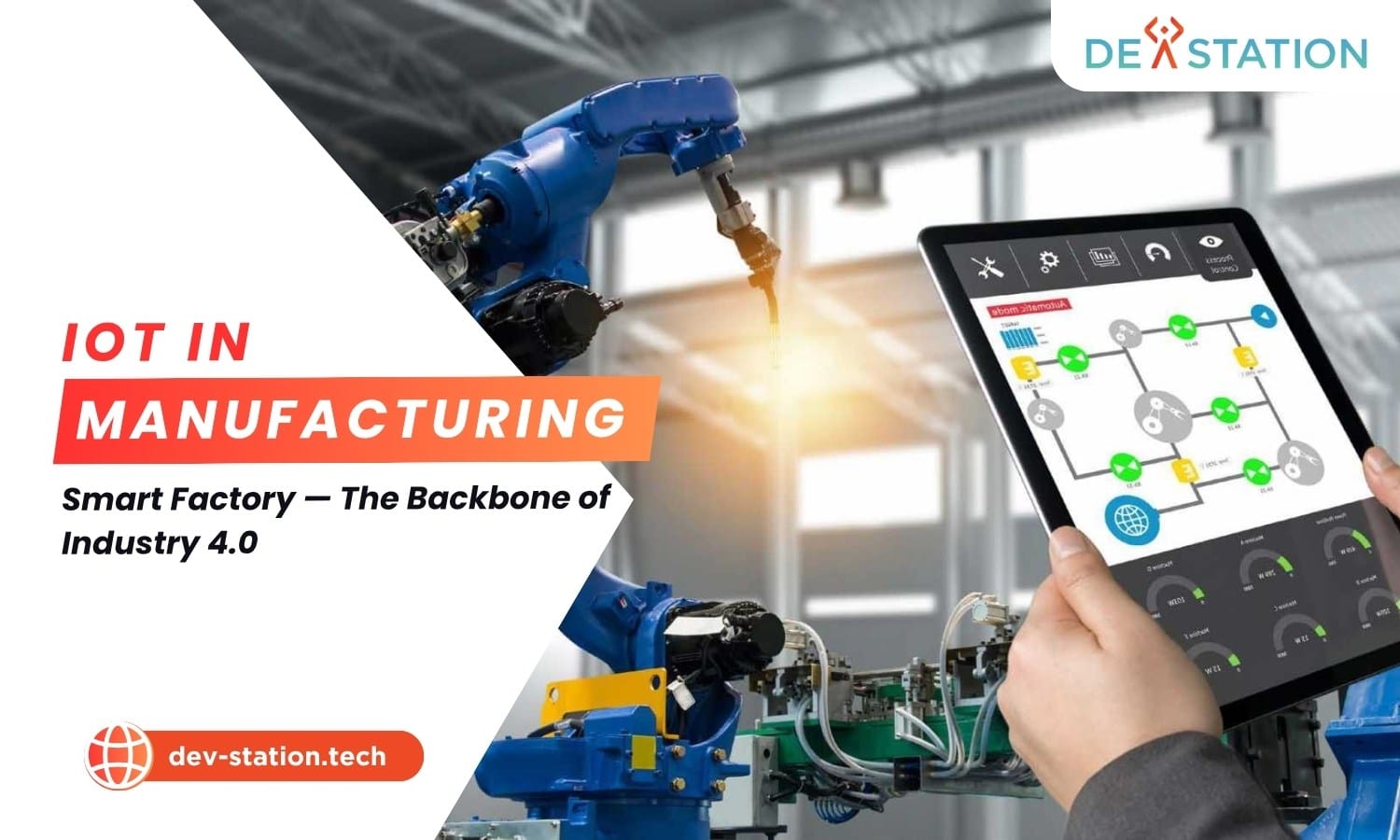Edge device management streamlines the administration of IoT peripherals, enabling robust offline functionality and efficient data processing directly on your local network. At dev-station.tech, Dev Station Technology delivers a powerful framework for seamlessly integrating your cloud infrastructure with edge nodes, ensuring synchronized operations and resilient performance. Master your network with peripheral device management and cloud-to-edge orchestration.
Contents
ToggleHow Do You Manage Devices From Cloud To Edge in 5 Steps?
Effective cloud-to-edge device management involves a five-step process: provision the edge gateway, push configurations from the cloud, add and manage downstream devices, establish data synchronization rules, and configure for offline functionality. This creates a resilient and scalable system for remote IoT deployments.
Successfully deploying and managing a fleet of IoT devices at the edge requires a structured approach that bridges the central cloud with local operations. This process ensures that devices are secure, up-to-date, and function correctly, even with intermittent connectivity. For organizations leveraging platforms like ThingsBoard Edge, this five-step guide provides a clear roadmap for establishing a powerful and efficient edge infrastructure.
Following these steps systematically minimizes deployment errors and maximizes operational uptime, which is critical for industrial applications. A recent report from Gartner predicts that by 2027, over 50% of enterprise-managed data will be created and processed outside the data center or cloud, highlighting the explosive growth of edge device administration.
Step 1: What Is Involved in Provisioning Your Edge Gateway?
Provisioning involves installing the edge software on your hardware, securely connecting it to your central cloud instance, and registering it as a trusted entity. This initial handshake is critical for establishing a secure communication channel for all future interactions and configurations.
Provisioning is the foundational step in your IoT architecture. It transforms a generic piece of hardware into a trusted, functional component of your network. The process begins with selecting suitable hardware for your IoT gateway, which could range from a Raspberry Pi for simple applications to a ruggedized industrial PC for harsh environments. Once the hardware is ready, you install the specific edge software, such as ThingsBoard Edge.
Next, you must establish a secure link to your central cloud server. This typically involves configuring the edge instance with the cloud’s IP address or hostname and providing security credentials. For example, you might use a unique, auto-generated edge key and secret. Let’s consider a practical scenario:
- In your cloud dashboard, you create a new edge entity. The system generates a routing key (e.g.,
a1b2c3d4-e5f6-7890-g1h2-i3j4k5l6m7n8) and a secret (e.g.,xyz987wvutsrqponmlkj). - You then access the configuration file (e.g.,
edge.yml) on your gateway hardware. - In this file, you input the cloud endpoint URL and the generated key/secret.
- Upon starting the edge service, it uses these credentials to authenticate with the cloud. Once authenticated, a secure WebSocket connection is established, and the provisioning is complete. The edge gateway is now a recognized entity, ready to receive instructions.
Step 2: How Do You Push Configurations From Cloud To Edge?
Configurations are pushed by assigning entities like devices, assets, and dashboards to the edge entity within the cloud UI. The cloud platform automatically detects these changes and sends the corresponding configuration data to the connected edge gateway, which then applies them locally.
This step is where the power of centralized management becomes evident. Instead of manually configuring each edge installation, you manage everything from a single cloud interface. This remote configuration capability is a cornerstone of effective edge computing. The process works by creating a relationship between your central cloud entities and your provisioned edge gateway.
Imagine you have a temperature sensor device profile defined in your cloud. This profile specifies that data should be polled every 60 seconds. To deploy this logic to the edge, you simply navigate to your edge gateway’s entity view in the cloud and assign the temperature sensor device to it. The cloud platform recognizes this assignment and serializes the device, its profile, and any related rules or dashboards. It then sends this configuration package over the secure channel to the edge gateway.
The gateway receives the package, deserializes it, and creates the corresponding device and its logic locally. If you later decide to change the polling interval to 30 seconds, you only need to update the device profile in the cloud. This change is automatically propagated to every edge gateway that uses it, ensuring consistency across your entire fleet.
Step 3: How Can You Add and Manage Downstream Devices?
Downstream devices—the actual sensors and actuators in the field—connect directly to the edge gateway, not the cloud. You can add them either by pre-configuring them in the cloud and pushing them to the edge, or by connecting them directly to the gateway, which then reports their existence back to the cloud.
The edge gateway acts as a local proxy or hub for all nearby IoT devices. This is a critical function for industrial IoT scenarios where dozens of sensors might be located on a single factory floor. These downstream devices communicate with the gateway using various protocols like MQTT, CoAP, or Modbus.
Let’s examine the two primary methods for adding a new sensor:
- Cloud-First Approach: You create a new device entity in the cloud platform, obtain its credentials (e.g., an MQTT access token), and assign this device to your edge gateway. The configuration is pushed to the edge. You then configure the physical sensor to connect to the edge gateway’s IP address using the provided credentials. This method offers centralized control and pre-registration of all devices.
- Edge-First Approach: Some platforms allow devices with valid credentials to connect to the gateway even if they are not pre-registered. When a new sensor connects and authenticates, the edge gateway can create a corresponding device entity locally and then synchronize this new entity up to the cloud. This allows for more dynamic and flexible device onboarding in the field.
This flexibility in peripheral device management is essential for large-scale deployments, enabling both meticulous pre-planning and rapid field deployment.
Step 4: What Is The Process For Data Synchronization and Buffering?
Data from downstream devices is first sent to the edge gateway, which processes it locally. The gateway then forwards this data to the cloud based on pre-defined rules. If the cloud connection is lost, the gateway buffers this data locally and sends it once the connection is restored.
Efficient data synchronization is what makes the cloud-to-edge model both powerful and resilient. When a sensor sends a telemetry reading, like a temperature of 25.5°C, it goes to the edge gateway first. The gateway can immediately act on this data—for instance, if 25.5°C exceeds a threshold, it can trigger a local alarm or activate a cooling fan without any cloud latency.
Simultaneously, the gateway handles pushing this data to the cloud for historical analysis and centralized monitoring. This is often managed by a queueing system. For example, you can configure the edge to send data to the cloud in batches of 1,000 records or every 60 seconds, whichever comes first. This batching process is far more efficient on bandwidth than sending every single message individually. According to a study by Mobile Experts, smart batching of IoT data can reduce cellular data consumption by up to 70%.
The buffering mechanism is a key component of this process. The edge gateway uses a local, persistent storage queue. If the connection to the central cloud computing instance is interrupted, new telemetry data is added to this queue. The queue size can be configured; for example, it might be set to store up to 1 GB of data. Once the connection is re-established, the edge gateway begins transmitting the buffered data, ensuring no data points are lost.
Step 5: How Do You Ensure Offline Functionality and Resilience?
Offline functionality is ensured by deploying all necessary logic—such as data processing rules and device control dashboards—directly to the edge gateway. This allows the local system to operate autonomously, making decisions and controlling devices even when completely disconnected from the central cloud.
This is the ultimate goal of an edge computing strategy: creating a system that can survive and function during network outages. True offline functionality means that your local operations are not dependent on a stable internet connection. The edge gateway acts as a mini-clone of your cloud platform, running the same rule engine and visualization tools locally.
For instance, an operator in a remote oil drilling facility can access a dashboard served directly from the local edge gateway’s IP address. This dashboard can visualize real-time data from all local sensors and allow the operator to send commands, such as shutting down a valve. All of this communication occurs on the local network. The rule engine on the edge can perform complex event processing, detect anomalies, and trigger alerts without ever contacting the cloud. This autonomy is crucial for mission-critical applications where a few seconds of delay could result in equipment damage or safety hazards. The data buffering mentioned in the previous step ensures that once connectivity is restored, the central cloud receives a complete history of what occurred during the offline period.
What Exactly Is Edge Device Management?
Edge device management is the process of provisioning, configuring, monitoring, and maintaining IoT devices and gateways that operate at the edge of a network. It combines the power of centralized cloud control with the benefits of local data processing and autonomous operation.
At its core, edge node management is a strategic approach to handling a distributed network of smart devices. Instead of every sensor and actuator connecting directly to a distant cloud server, they connect to a local gateway. This gateway, or edge node, is a computer that sits physically close to the devices it manages. The practice of managing these edge nodes and their connected downstream devices from a central cloud platform is what defines modern edge device administration.
This framework involves several key activities, including over-the-air (OTA) firmware updates, security credential management, device health monitoring, and remote device management and troubleshooting. By centralizing the control plane in the cloud, administrators can manage thousands of devices across hundreds of locations from a single pane of glass, dramatically reducing operational complexity and cost.
Why Is Cloud-to-Edge Management Crucial for Modern IoT?
This model is crucial because it solves the three biggest challenges of large-scale IoT: latency, bandwidth costs, and reliability. By processing data locally, it enables real-time responses, reduces data transmission costs, and ensures operations can continue even without an active internet connection.
The benefits of adopting a cloud-to-edge management strategy are transformative for any organization deploying IoT at scale. It addresses fundamental limitations of a cloud-only approach and unlocks new capabilities, especially in industrial, medical, and logistical settings. Analysis from McKinsey & Company suggests that edge computing can reduce data processing costs by 30-40% in manufacturing environments by minimizing traffic to the cloud.
How Does It Enhance Scalability?
It enhances scalability by distributing the processing load. Instead of a central cloud handling raw data from every single sensor, edge gateways pre-process and aggregate data locally. This allows the central system to manage a much larger number of devices without becoming a bottleneck.
Consider a smart factory with 10,000 sensors each sending data every second. In a cloud-only model, this would mean 10,000 messages per second hitting your central cloud, resulting in massive ingress traffic and processing load. In a cloud-to-edge model, 100 edge gateways could each manage 100 sensors. These gateways could aggregate the data, calculating averages or detecting anomalies, and send only a summary report to the cloud once per minute. This reduces cloud ingress from 10,000 messages/sec to just 1.6 messages/sec, a reduction of over 99.9%. This distributed approach allows the system to scale horizontally with ease.
What Are The Security Benefits?
Security is improved by reducing the attack surface. Individual IoT devices are not directly exposed to the public internet; they only communicate on a firewalled local network with the gateway. The gateway acts as a single, hardened secure entry point to the cloud, making it easier to manage security policies.
In an edge architecture, you only need to manage the security of the gateway’s connection to the cloud. This single connection can be heavily fortified with TLS encryption, client certificates, and VPNs. The thousands of downstream devices can operate on an isolated local network, shielded from external threats. Furthermore, sensitive data can be processed and anonymized at the edge before being sent to the cloud, helping organizations comply with data privacy regulations like GDPR and HIPAA.
What Are The Core Components of This Architecture?
The architecture consists of three main components: the central cloud platform for management, the edge gateway for local processing and control, and the downstream devices which are the sensors and actuators collecting data and performing actions.
Understanding these three distinct layers is key to designing a successful cloud-to-edge system. Each component has a specific role and responsibility, and they work in concert to deliver a cohesive solution. The interaction between these layers enables the powerful combination of centralized administration and decentralized execution.
| Component | Primary Role | Examples |
|---|---|---|
| Cloud Platform | Centralized management, configuration, long-term data storage, and analytics. | ThingsBoard Cloud, AWS IoT Core, Azure IoT Hub |
| Edge Gateway | Local data processing, offline rule engine, device proxy, and data buffering. | ThingsBoard Edge, Advantech Gateway, Raspberry Pi |
| Downstream Devices | Data collection (sensors) and performing physical actions (actuators). | Temperature sensors, pressure sensors, smart valves, motors |
How Does Dev Station Technology Master Edge Solutions?
Dev Station Technology masters edge solutions by providing end-to-end expertise, from designing robust architectures to deploying and managing scalable edge infrastructures. We empower businesses to harness the full potential of edge computing for enhanced efficiency, reliability, and real-time insights.
At Dev Station Technology, we understand that successful edge deployment is more than just technology; it is about strategy and execution. Our team of experts provides comprehensive services to guide you through every stage of your edge journey. We help you select the right hardware, design a secure and scalable architecture, and implement a management strategy that aligns with your business goals. By leveraging industry-leading platforms and our deep expertise in both cloud and embedded systems, we build solutions that are not only powerful but also practical and maintainable.
We believe in building partnerships to ensure your edge initiatives deliver tangible value. Whether you are looking to optimize manufacturing processes, create smart agricultural solutions, or build resilient retail operations, we have the experience to make your vision a reality. Discover how our tailored edge solutions can transform your operations.
To learn more and explore our services, please contact Dev Station Technology today. Visit our website at dev-station.tech or email us directly at sale@dev-station.tech.





